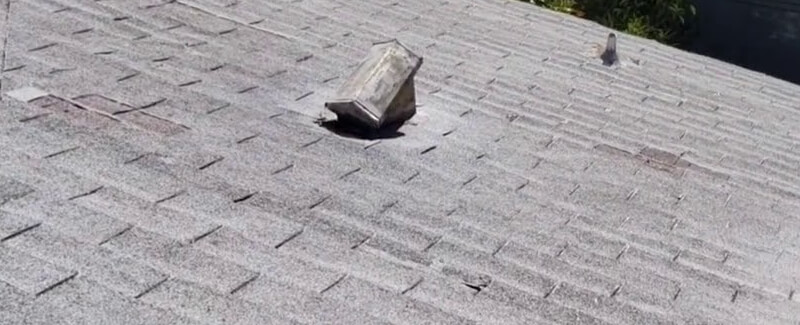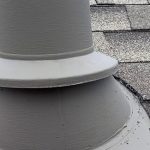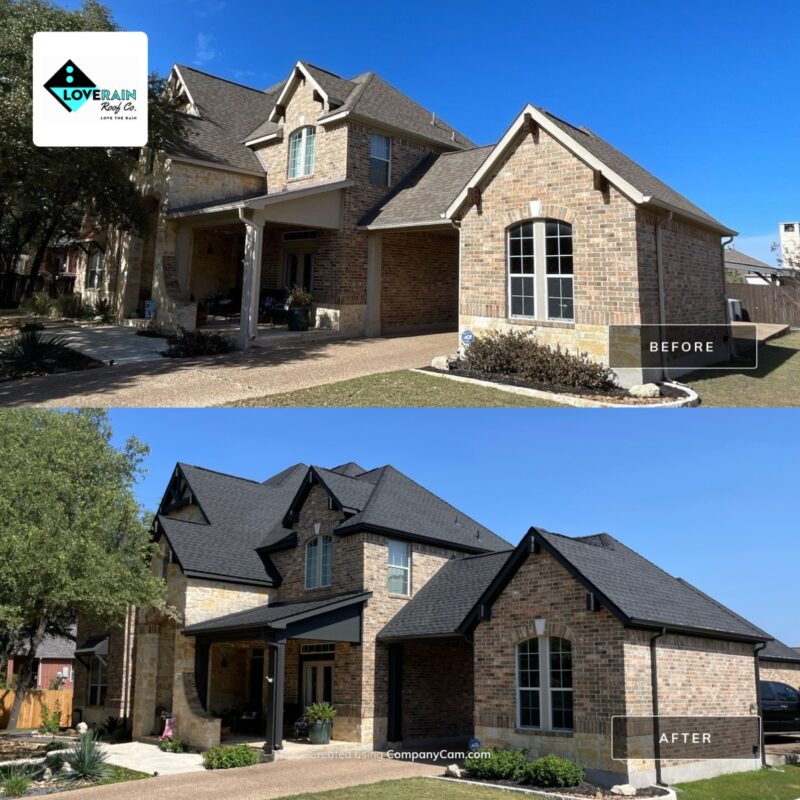Asphalt shingles have a base material that is either organic felt or fiberglass. This base material is designed to give the shingle its strength as well as to protect against the weather and the elements. This base material is then covered with asphalt, among other fillers, and topped with mineral granules. The outer layer of the shingle is designed to protect it from UV rays as well as improve its fire resistance. Austin roofing contractors often describe asphalt shingles as the workhorse of the roofing world because of their popularity.
The most popular form of asphalt shingles is strip shingles. They are rectangular in shape and are usually 12 inches in width by 36 inches in length. These are more commonly referred to as three-tab shingles because they have three tabs that can be seen along the length of the shingle.
Asphalt shingles may have just one layer. However, more expensive shingles, such as laminated shingles or architectural shingles, may be composed of multiple layers. The more layers a shingle has, the better it is able to protect a roof from the elements. The multiple layers of shingle material used in architectural shingles give them a three-dimensional appearance. Asphalt shingles come manufactured with a sun-activated adhesive that seals one course of shingles to the one next to it.
It is this strip that protects the shingle from wind uplift.
The NRCA recommends that asphalt shingles be used on top of a wood plank or wood decking. Plywood is the most commonly used decking material, and OSB boards come in second. When plywood or OSB is used as recommended, it is required that the planks be of a certain thickness.
An underlayment, or a felt paper, is installed over the roof deck before the shingles are applied. The underlayment serves two important functions. First, it protects the deck from rain and snow. Second, it protects the deck from any water that might filtrate underneath the shingles. Most underlayments are made from asphalt-saturated organic felt. These underlayments can be designated type 15 or type 30.
The NRCA recommends that 11 gauge or 12 gauge galvanized steel roofing nails be used as fasteners for asphalt shingles. The nail heads should be flat and smooth and have a low profile. The shanks should have barbs in them or some other deformity that makes it difficult to pull them out once they have been inserted. Using proper materials and techniques guarantee that an asphalt roof will provide the home with maximum protection.
How many layers of asphalt shingles are allowed on a roof?
The answer depends on two factors. The first is building codes. The second is the amount of weight that the structure can support. Most building codes only allow two layers of organic or fiberglass shingles on roofs that have a 4/12 pitch or under. Roofs that are steeper may be allowed to have three layers, as long as the roof can support its weight.



